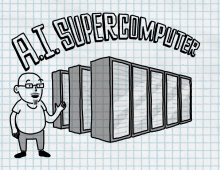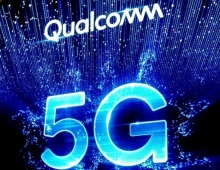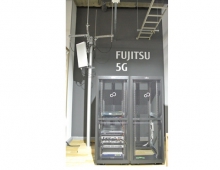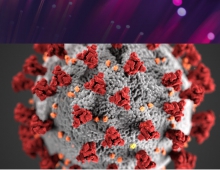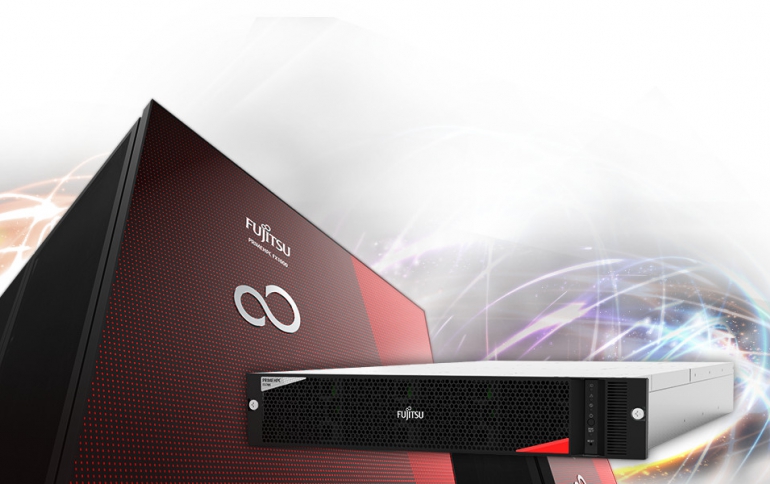
Fujitsu to Build Supercomputer For Nagoya University's Information Technology Center
Fujitsu has received an order for the next generation of supercomputer system from Nagoya University's Information Technology Center. The system is scheduled to start operation in July 2020.
For the first time in the world, this system will adopt 2,304 nodes of the Fujitsu Supercomputer PRIMEHPC FX1000, which utilizes the technology of the supercomputer Fugaku developed jointly with RIKEN. The system features the CPU A64FX adopting Scalable Vector Extension (SVE) which is an extension of the Arm v8-A architecture for supercomputers. It achieves high performance per power as well as high computational efficiency due to the high memory bandwidth of HBM2 (High Bandwidth Memory).
In addition, a cluster system, connecting 221 nodes of the latest x86 servers Fujitsu Server PRIMERGY CX2570 M5 in parallel, as well as storage systems are connected by a high-speed interconnect. Fujitsu Server PRIMERGY CX2570 M5 is Fujitsu's latest x86 server. It has a 2nd Generation Intel Xeon Scalable Processors and the NVIDIA V100 Tensor Core GPU designed for AI and deep learning applications, with high bandwidth, energy efficient interconnect NVIDIA NVLink between the GPUs. PRIMERGY CX 2570 M5 is equipped with up to 4 GPU computing cards per server and connects them via NVIDIA NVLink.
The sum of the theoretical computational performance of the entire system is 15.88 petaflops, making it one of the highest performing systems in Japan.
The Information Technology Center of Nagoya University provides computing resources for academic use to researchers and private companies nationwide. It is currently operating a supercomputer system consisting of Fujitsu Supercomputer PRIMEHPC FX100 and other components. With the new system, Nagoya University's Information Technology Center will contribute to various research and development activities. These include the conventional simulation of numerical computation to unravel the mechanism of typhoons and design new drugs. Moreover, the new system will develop a technology in the medical field that supports diagnoses and treatment, while apply AI in developing automatic driving technology.




